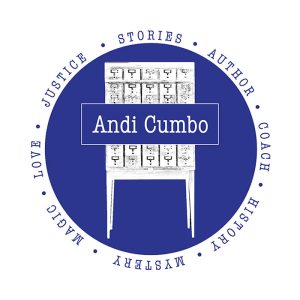Yesterday, I drove through Cobham, Virginia, a town built around a railroad station and surrounded by some of the oldest and wealthiest of Virginia’s early plantations. Names like Rives and Cabell and Jefferson flavor the landscape like so much bittersweet spice.
Cobham, as is true of most rural Central Virginia communities, speaks of its history in the placement of its buildings and roads. In town and on the hills overlooking the area, white plantation houses gleam. But down the quiet St. John’s Road, you find small, well-kept houses of 3-4 rooms. The gleaming mansions belong to the wealthy – the descendants of the original owners or other – probably white – people who had enough wealth to buy into this history; the tiny houses are owned by African American people who, probably, bought or were given small pieces of land on the edges of the plantations where they once worked. In both cases, families have lived on this land for generations on end.
As I drove and around the mansions, I marveled at the way the autumn sunlight lit the houses and the trees in the yards around which a skilled zero-turn mower operator had trimmed. Then, on the smaller road without painted lines, down off the hillsides and into the forested, quiet spaces – beautiful in their hush and shimmer – I found the less noted community populated by black people, push mowers in small sheds.
There, a man washing his car waved as I passed.
The land here holds many of us fast in our histories and our legacies. Perhaps this steadfastness of place is something most true in rural places, where travel has historically required much more effort and where, even now, a trip to the store is quite deliberate and almost never spontaneous. It’s also true here because of economics – the wealthiest keep estates in their families for generations and the poorest pass the hard-won slivers of property on through the years.
Rural Central Virginia is a testament to all of history’s stories. It’s written in the houses and in the roads – gossamer whispers of lineage and the kind of wealth that carries through in bloodlines and scars rent deep in flesh and family.
And I love it all – the plantation homes with their carving staircases shaped by hand by enslaved carpenters, the stories of ambassadors traveling the world and returning to this quiet space where the Blue Ridge hugs us close. But most of all, I love those quiet communities – the ones tucked behind the scenes, the ones I didn’t see written about in the “authoritative works” on Virginia’s historic homes at the Historical Society. There, I wonder about the ancestors, those people who built those mansions. I ponder their fortitude, their resilience. I consider what quiet acts of rebellion they pondered and the choices they made every day to acquiesce in order to survive. It is here that my heart goes.
I love that man who took a few seconds to wave at me as he washed his car. On the backs of his ancestors, these white mansions were built, the steel tracks of transport and travel were laid, the roads on which I now drive my shining white Subaru were shaped.
There, in the quiet of that small road – named for its church, St. John’s – stories ripple in the air. They are quiet stories held close, and all the richer for it. They are not my stories to tell, but you better believe I’m listening so that when they echo out of that valley between the mansions, I can grab ahold of them for the finest treasure that they are.
Next time you drive the back roads on your Sunday afternoon drive, do be sure to revel at the mansions and marvel at the vast fence lines that surround them. But look, more, for the quiet neighborhoods of small houses, where the stories aren’t built in ornate structures so they will be seen. Slow down on these roads. Look closely for all the richness and glory in less flashy things. And by all means, wave by if you are given that gift.
What quiet communities do you treasure where you live? What stories are largely not spoken wide in your community? Have you looked for them?
If you are interested in learning more about some of the amazing people who lived and worked near Cobham, please watch Lorenzo William Dickerson’s amazing film The Coachman. It’s an example of one of the quiet stories, the ones that we are gifted to hear. Check out the trailer below.

